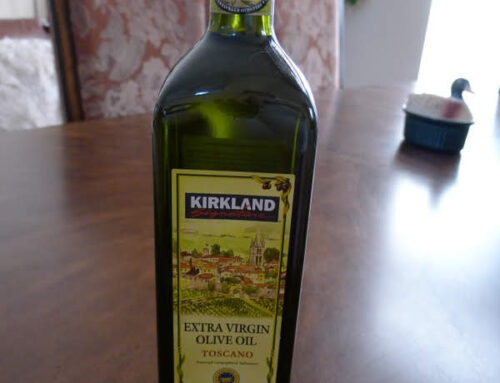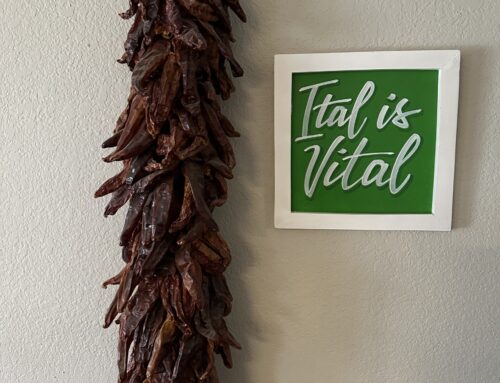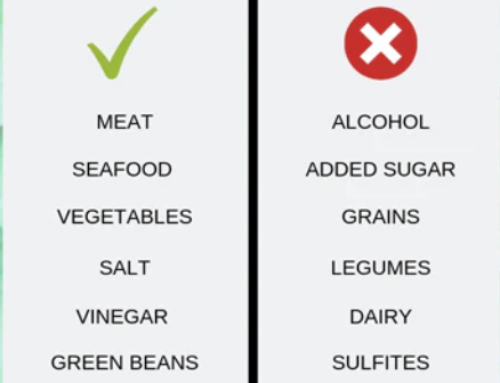Vanilla is the second most expensive spice in the world, behind only saffron. The sap of conifers and coal extracts, used to make artificial vanillas do not come close to competing with pure vanilla. 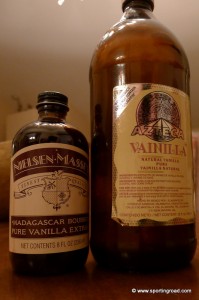
Commercial vanilla extract (if pure and not of the artificial varieties) still usually has a base simple syrup added to the extract to give it sweetness. To make home-made vanilla extract, free of artificial ingredients and sweeteners:
INGREDIENTS:
- 1 vanilla beans
- 1/3 cup vodka
- glass jar with tight-fitting lid
INSTRUCTIONS:
Use a sharp paring knife to cut lengthwise down each vanilla bean, splitting them in half, leaving an inch at the end connected, if your jar allows; otherwise this step is only important in ease of removing the extract without the bean, as you can simply sieve the extract upon pouring. Put vanilla beans in a glass jar or bottle with a tight-fitting lid (small French mason jars work well). Cover completely with the vodka. Shake every once in a while. Store in the pantry, in a cool dark place, for 2 months or longer to allow the flavors to absorb into the alcohol. This lasts indefinitely. You can keep topping it off with vodka once in a while, if you wish to make it last longer, as the flavor will concentrate with age. Another favorite of preserving is vanilla sugar,which you make by putting a split vanilla bean into a jar of white, granulated sugar. You simply use the vanilla infused sugar and omit the addition of the extract in a recipe. One tablespoon of vanilla sugar has the flavoring power of 1/4 teaspoon of vanilla extract.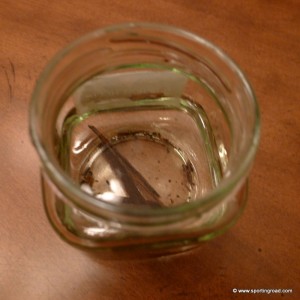
Vanilla is native only to Central America it took until the 19th century to cultivate this orchid, in order to produce the vanilla pod (beans),which need to be pollinated by bees or hummingbirds. As the orchids are only open for an hour or so a day and for a shot season, it as not until “hand pollination” of the flowers was developed that vanilla could be grown successfully in commercial operations, hence the high price.
Today, Mexico and Madagascar are famous for their vanilla crops. We did a taste test and all of tasters preferred the highest quality Madagascar beans to the Mexican ones and hence the
Nielsen-massey Vanilla Extract – Pure – Madagascar Bourbon
topped our list for extracts. We were surprised by this as we thought our Mexican vanilla to be the best from our travels. Some vanilla products in Mexico add coumarin, which is banned by the FDA and hence many of the Mexican vanillas are only available in Mexico. Imitation vanilla extracts are made with synthetic vanilla (from glycoside found in the sapwood of certain conifers or from coal extracts) and leave a bitter after taste.
Fresh beans are always more flavorful than the extracts and to use, simply cut the beans in half lengthwise and scrape out the seeds and pulp. Add this, along with the pod, to your liquid and steep. The pods and seeds can then be sieved and removed.

